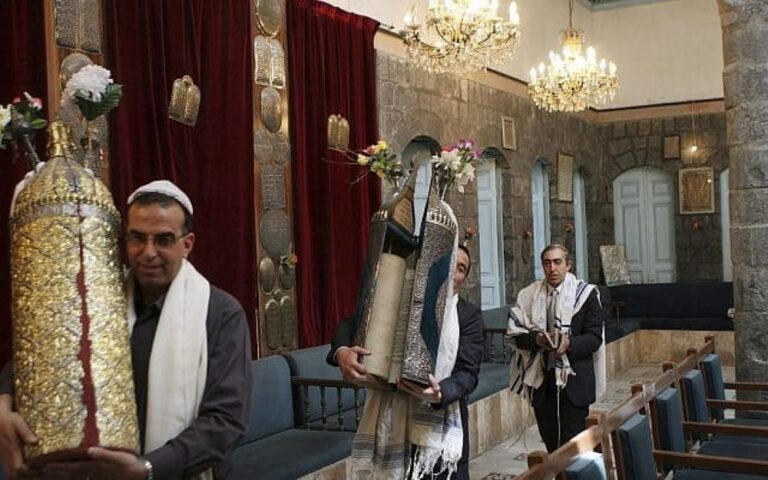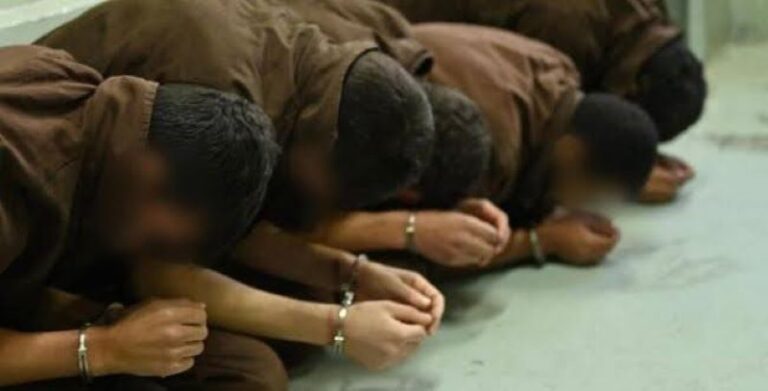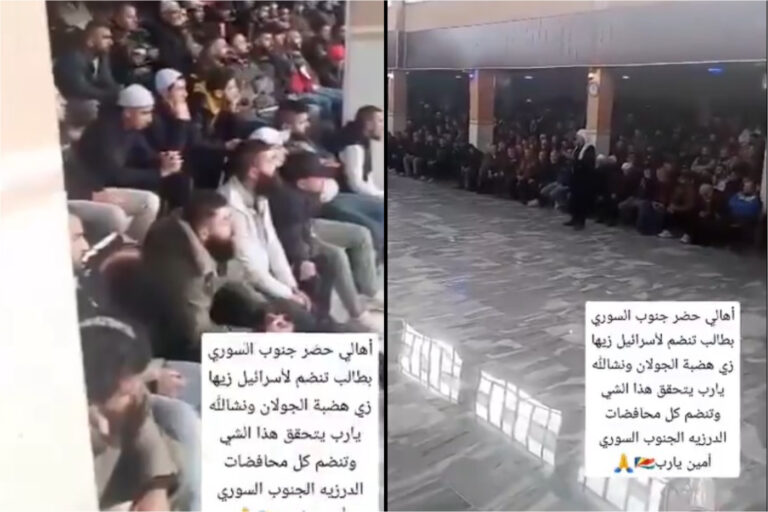 Reporters at The New York Times tweeted details from a meeting with President-elect Donald Trump as it happened on Tuesday, contrasting it with an off-the-record session Trump held a day earlier with leaders at the top television networks.
Reporters at The New York Times tweeted details from a meeting with President-elect Donald Trump as it happened on Tuesday, contrasting it with an off-the-record session Trump held a day earlier with leaders at the top television networks.
Reporters Maggie Haberman and Mike Grynbaum sent a steady stream of Twitter quotes from Trump on his decision not to pursue a case against former opponent Hillary Clinton about her private email server, and potential conflicts between his business and upcoming job in government.
The off-again, on-again Times meeting came as questions swirled about how forthright Trump will be with the media and, by extension, his soon-to-be constituents. He hasn’t held a news conference since his election and on Tuesday sent out a video news release about some of his plans upon taking office.
His meeting with television executives and anchors Monday triggered reports that he criticized them about campaign coverage.
Trump’s meeting at the Times headquarters, announced Monday, was briefly cancelled early Tuesday as the president-elect tweeted that the “terms and conditions” had been changed at the last minute. “Not nice,” tweeted Trump.
The Times said Trump’s team had tried make the meeting off-the-record, meaning details could not be reported, but the newspaper refused. A few hours later, the meeting was back on, and Trump had a private meeting with the Times’ publisher before the session with the publisher, editors and reporters.
The Times said that before the give-and-take on issues, the president-elect complained about some of the newspaper’s coverage of him, saying “I think I’ve been treated very rough.”
A day earlier, Trump reportedly had harsh words with television news division leaders at a Trump Tower meeting, including complaints about a picture NBC used of him where he had a double chin and singling out CNN’s campaign coverage. Besides news executives like CNN’s Jeff Zucker, Fox News’ Bill Shine and MSNBC’s Phil Griffin, the meeting included on-air personalities like ABC’s David Muir, CBS’ Charlie Rose and NBC’s Lester Holt.
Even though Trump aide Kellyanne Conway briefly talked to reporters about the meeting afterward, media participants were constrained from talking publicly about it.
“The symbolism was powerful and all wrong for them,” said Frank Sesno, a former CNN Washington bureau chief and a journalism professor at George Washington University. “For these powerful people to be marched to the tower of Trump to get their heads cut off — figuratively speaking — is not the positive imagery they could have hoped for.”
There can be reasons for holding off-the-record meetings, which are hardly unprecedented in Washington. In Monday’s meeting, media executives collectively could have delivered privately a powerful message to the incoming president about the importance of transparency and accessibility in a democracy, he said.
But, he said, “under no circumstances would you let this become habit-forming.”
The networks would not say Tuesday whether they had requested an on-the-record session. Individual networks likely had less leverage than a single organization like the Times; if a network refused to attend an off-the-record session, for example, their leaders had to worry that their competitors would be there.
“Television has always been more deferential to power than newspapers,” said Mark Feldstein, a University of Maryland professor and author of “Poisoning the Press: Richard Nixon, Jack Anderson and the Rise of Washington’s Scandal Culture.” Broadcasters require government approval of licenses, and threatening to reject licenses was one weapon Nixon wielded against broadcasters, he said.
More than newspapers, television networks are dependent upon the ratings boost that a presidential appearance can bring. Trump’s post-election interview with “60 Minutes” delivered one of that show’s biggest audiences in years.
“Trump is trying to intimidate the networks into giving him less critical coverage,” Feldstein said. “The question is how are the media going to respond to him and (the network meeting) is not an auspicious beginning.”
Journalists are trying to encourage Trump to hold an open news conference, which has been traditional for presidents-elect shortly after their victories. Trump’s release of a video late Tuesday talking about his early priorities was alarming to many news organizations.
The Associated Press reported on the content of Trump’s message but did not send the video to members of the news cooperative. Kathleen Carroll, senior vice president and executive editor of The Associated Press, likened it to the AP’s refusal to take handout pictures of President Obama signing bills into law, saying journalists should be able to document the action themselves.
“We believe we ought to cover the president of the United States, and the president-elect, when they are doing the people’s business,” she said. “Setting out policies and how you are going to govern is the people’s business.”
Carroll noted with some alarm that both Trump and Clinton gave few news conferences in the final months of their campaigns. Public officials are obliged to answer questions on behalf of the people they serve, and not just with friendly, hand-picked audiences, she said.
(AP)










